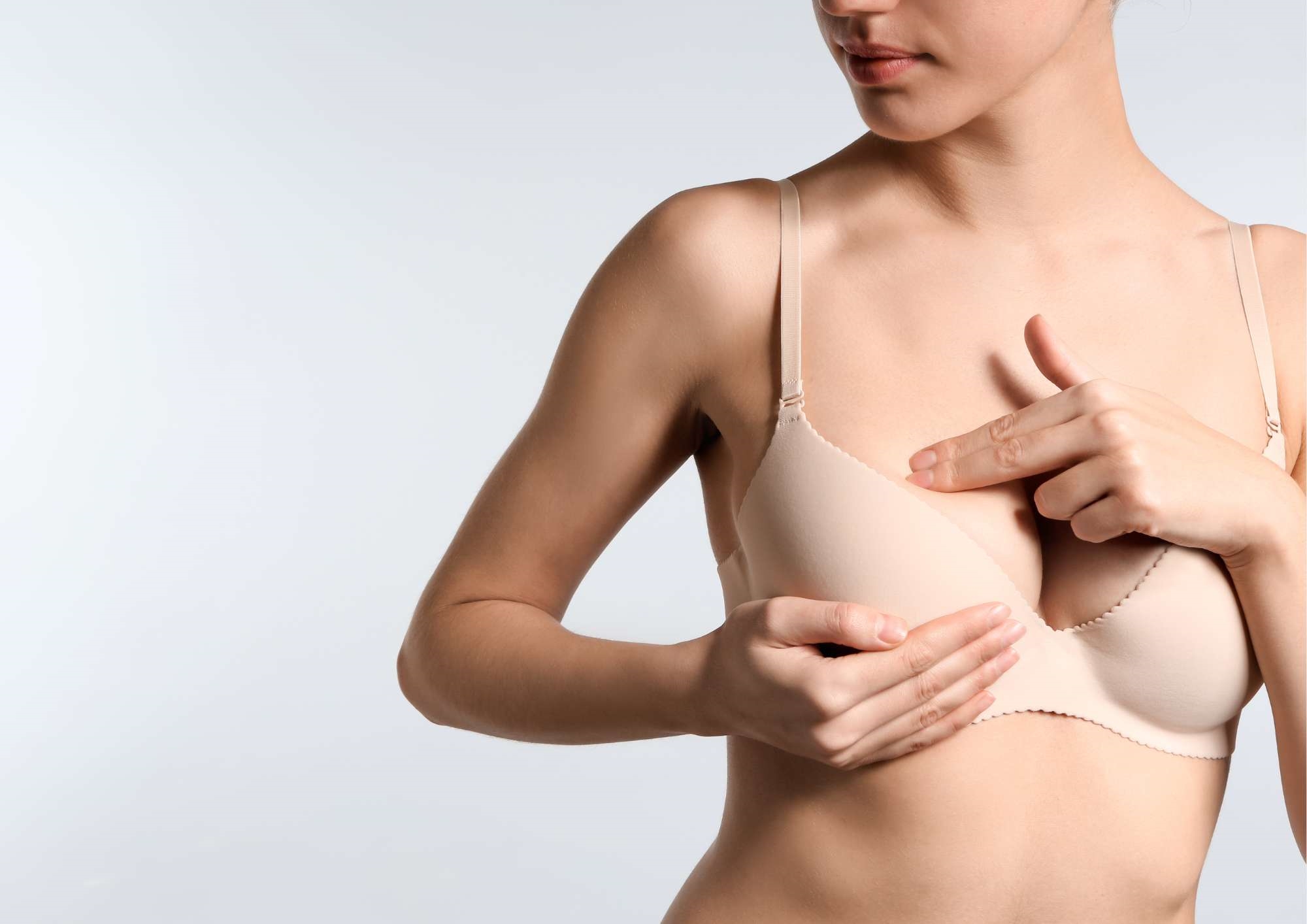There are several anti-wrinkle formulations on the market. The most common preparations in the UK all contain Botulinum Toxin Type A. People who have anti-wrinkle injections are likely to have had Botox, Bocouture or Azzalure used for treatment.
Although they all contain the same amount of “active ingredient” (150kD Botulinum Toxin Type A neurotoxin), differences do exist between these products.
Botox®
The most famous brand, mass-produced first in the 1990’s for treatment of facial aesthetic concerns. Widely used across medical specialties of treatment of ocular, muscular and neurological conditions. The product contains a 900kD complex, composed of the 150kD neurotoxin plus complexing proteins. Similar complexing proteins are found in nature around the natural toxin. Botox has the most clostridial protein of the 3 products described here (5ng per 100-unit vial) [1]. The product contains Human Albumin and Sodium Chloride excipients for the long term stabilisation of the active ingredient.
Azzalure®
The product contains a mixture composed of 600kD and 300kD complexes [2]. There is reported to be 4.35ng of clostridial protein per 500-unit vial, which less less than in Botox® [1]. The complex contains 200g/L of Human Albumin, and Lactose Monohydrate excipients. This may cause reactions in Lactose sensitive patients.
Bocouture®
The product contains the 150kD neurotoxin not complexed by other proteins, with only approximately 0.6ng of clostridial protein per 100-unit vial [2]. The product contains Human Albumin and Sucrose excipients.
Accompanying proteins may stimulate an immune response against the agent, though can offer protective and mechanistic properties to the agents.
What does this mean?
Botox has more proteins; it is more like the natural product but may stimulate a greater immune response compared to the other products. Azzalure and Bocouture have fewer proteins, with Bocouture containing the least. This makes the product more “pure” but it may not contain all the properties conferred by Botox.
Often it is down to the results you get as to which brand works best for you. Everyone is an individual and can react differently to each brand, with regards the clinical effect and longevity of results following treatment. The differences in prices between the brands are reflected by these chemical differences, and also by the brand name.
References
1. Panjwani N, O’Keeffe R, Pickett A. Biochemical, functional and potency characteristics of type A Botulinum toxin in clinical use. TBJ, 2008;1:1.
2. Frevert J. Content of Botulinum Neurotoxin in Botox/Vistabel, Dysport/Azzalure, and Xeomin/Bocouture. Drugs R D, 2010;10(2):67-73.






